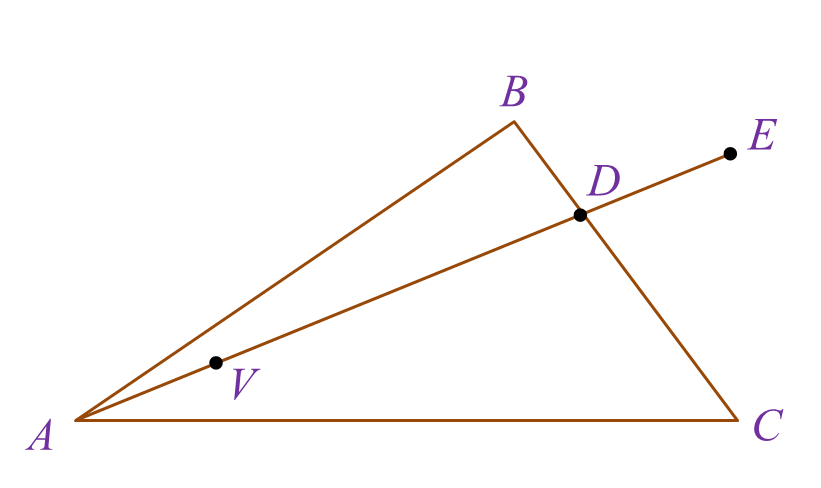Question 9 (10 marks):
Diagram shows the straight line 4y = x – 2 touches the curve x = y2 + 6 at point P.

Find
(a) the coordinates of P,
(b) the area of the shaded region,
(c) the volume of revolution, in terms of π, when the region bounded by the curve and the straight line x = 8 is revolved through 180o about the x-axis.
Solution:
(a)
(b)
(c)
Diagram shows the straight line 4y = x – 2 touches the curve x = y2 + 6 at point P.

Find
(a) the coordinates of P,
(b) the area of the shaded region,
(c) the volume of revolution, in terms of π, when the region bounded by the curve and the straight line x = 8 is revolved through 180o about the x-axis.
Solution:
(a)
(b)
(c)











 It is given that DC = 6y metre and BC = 7x metre, x ≠ y. The area of the rectangular garden ABCD is 168 metre2 and the perimeter of the grassy area is 60 metre. The pond with uniform depth contains 15.4 metre3 of water.
It is given that DC = 6y metre and BC = 7x metre, x ≠ y. The area of the rectangular garden ABCD is 168 metre2 and the perimeter of the grassy area is 60 metre. The pond with uniform depth contains 15.4 metre3 of water.
